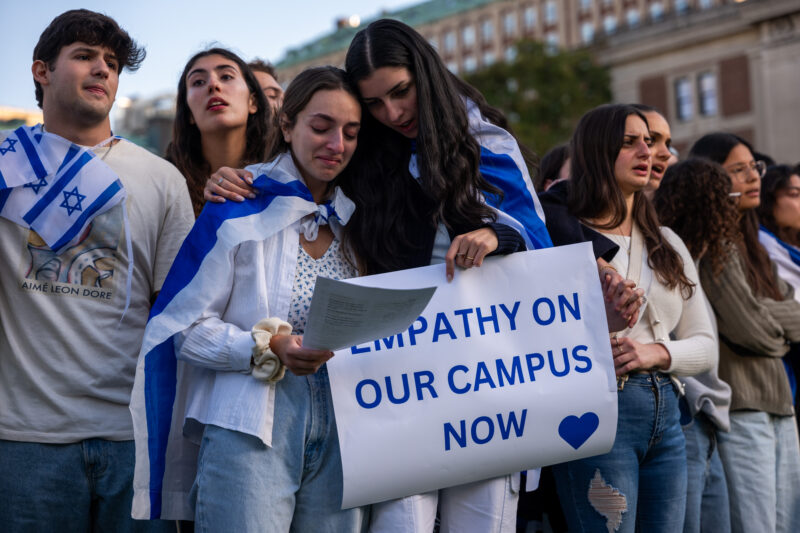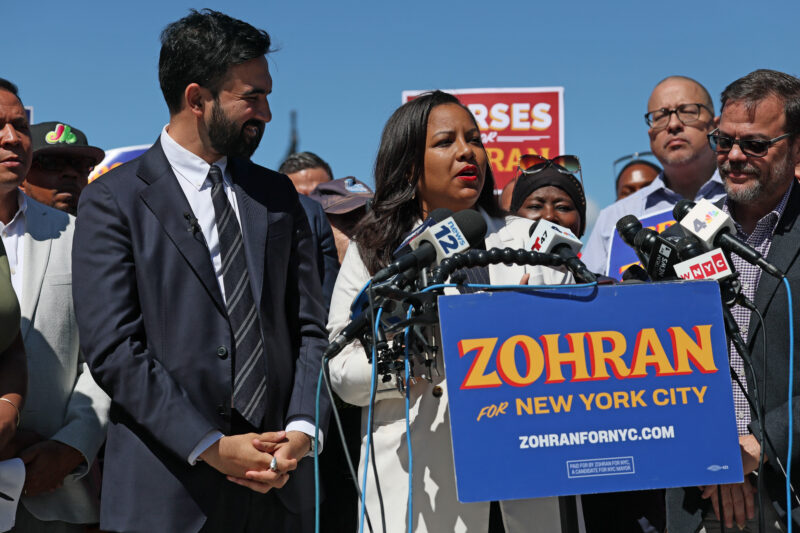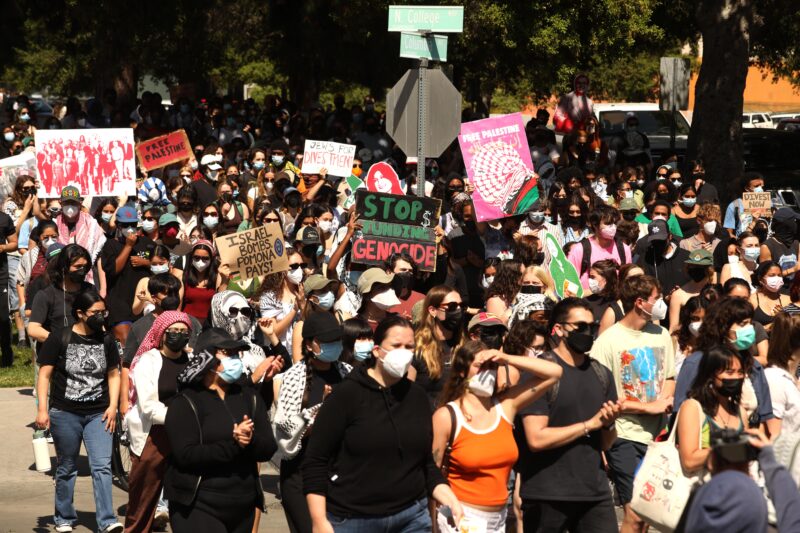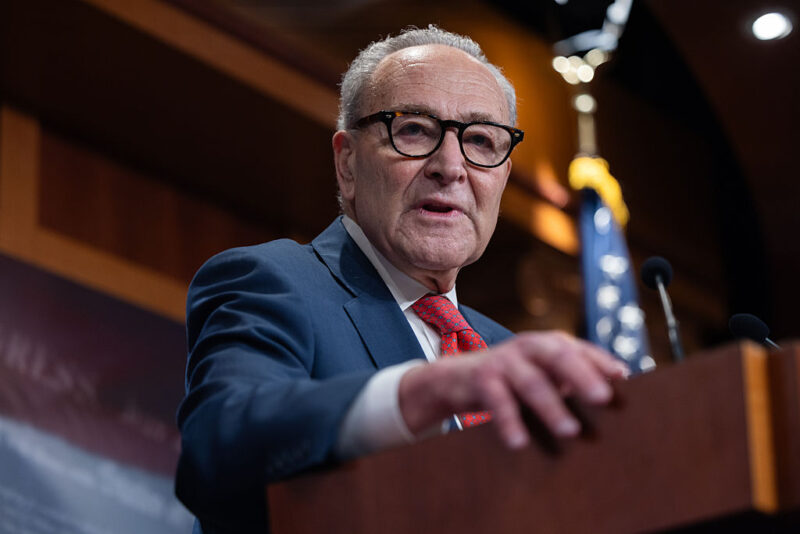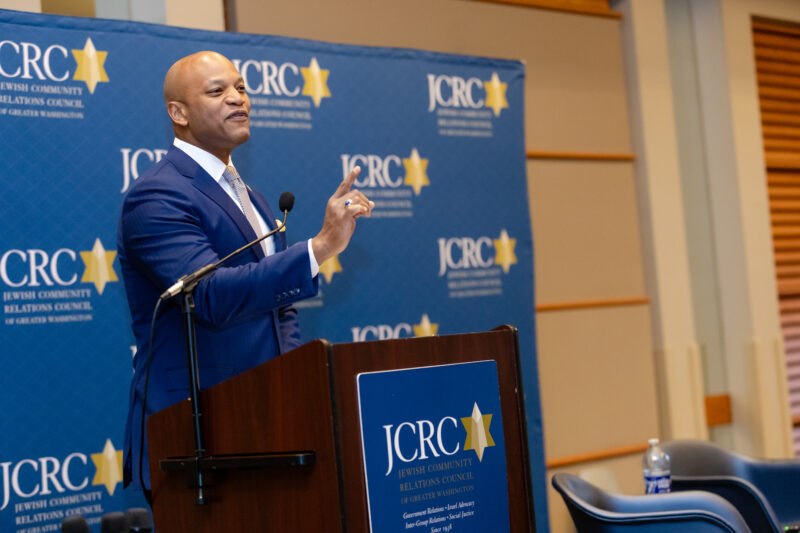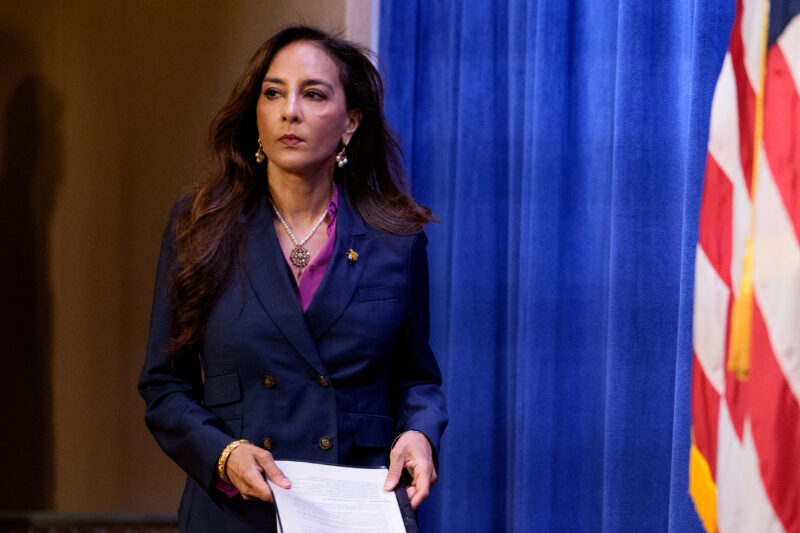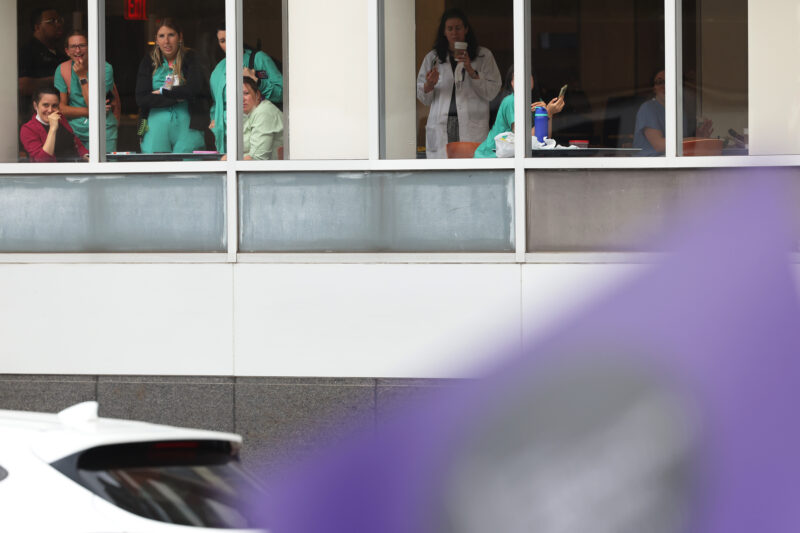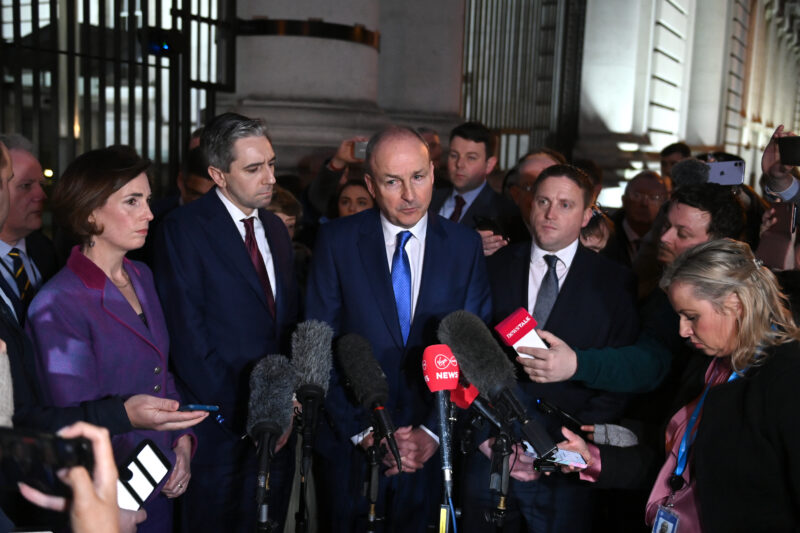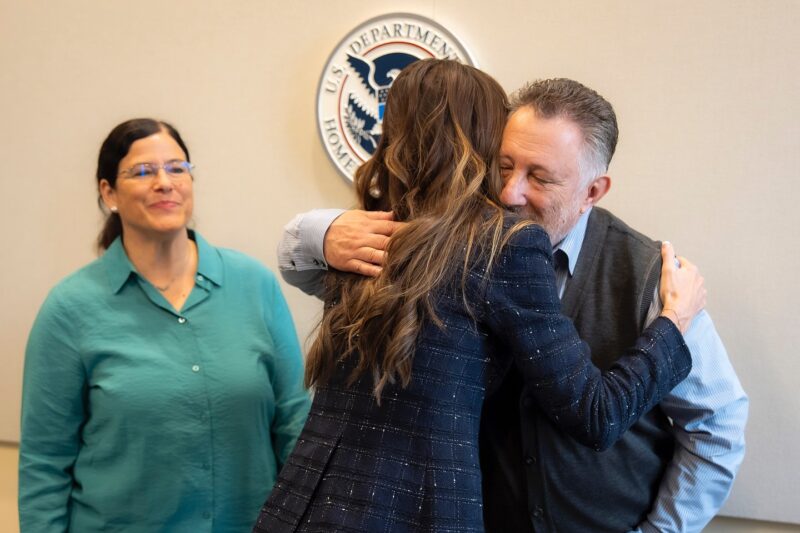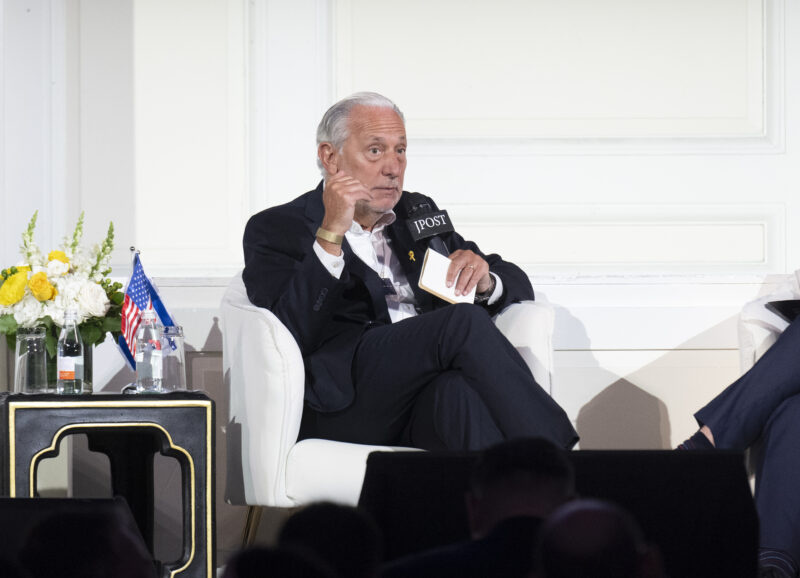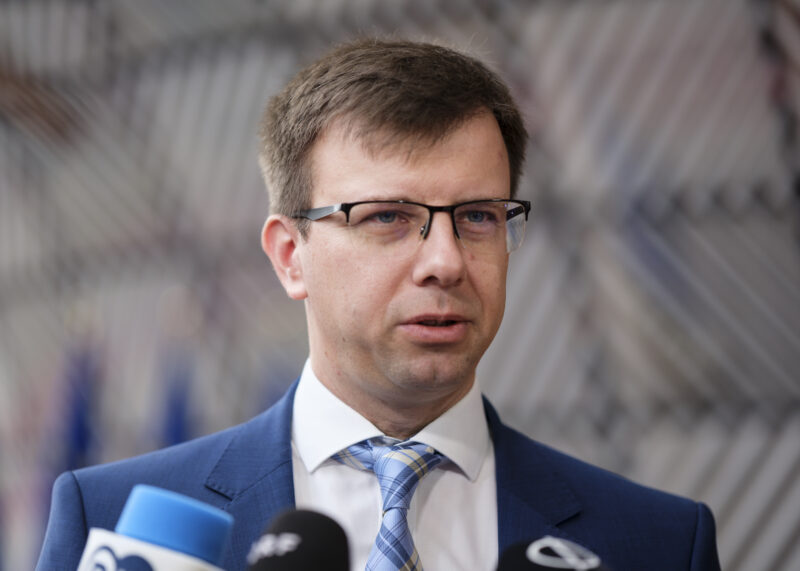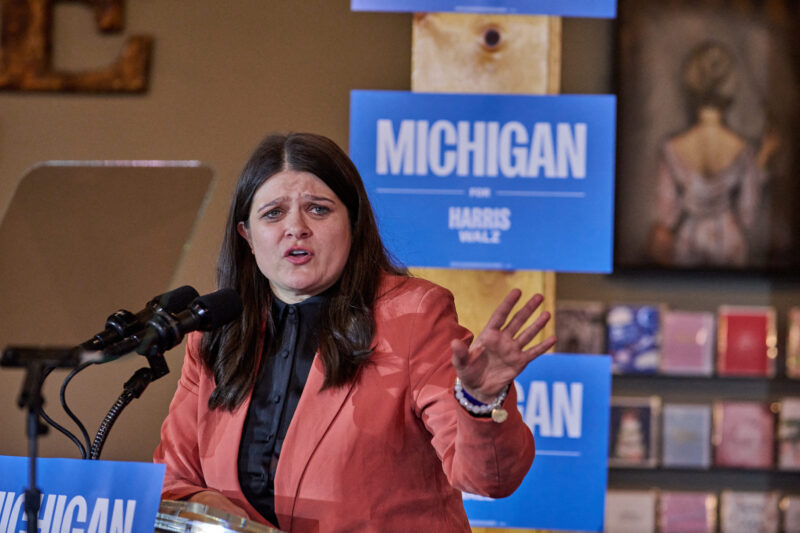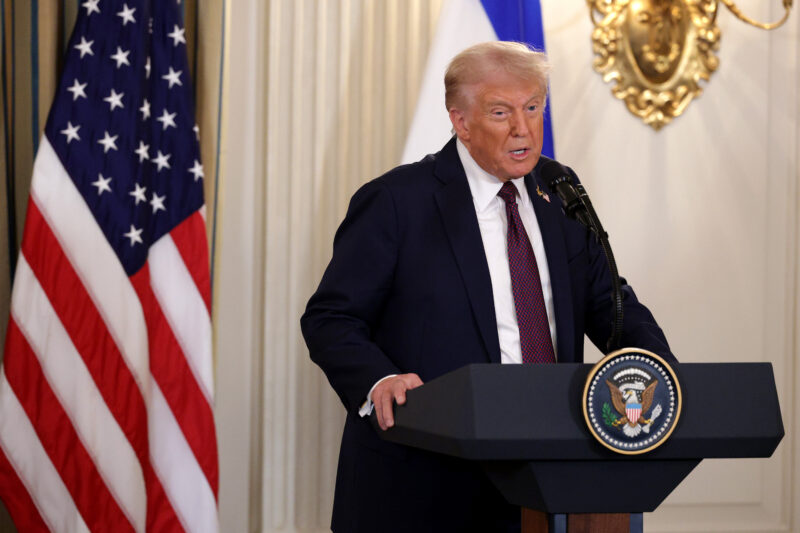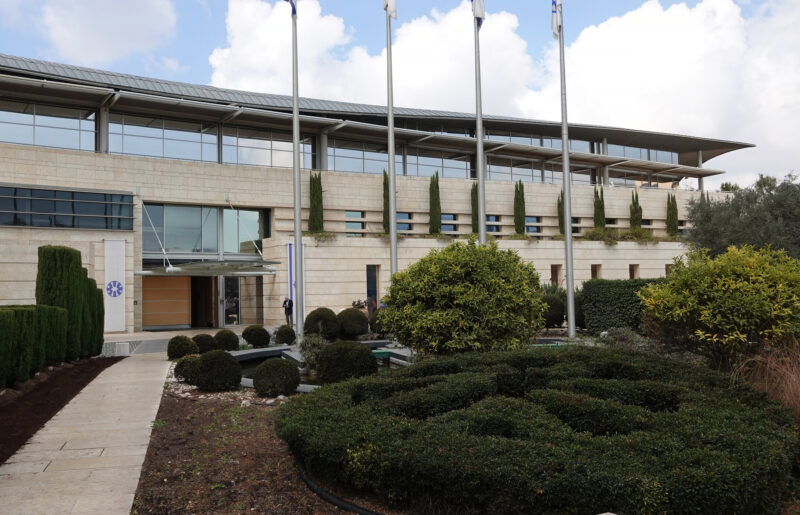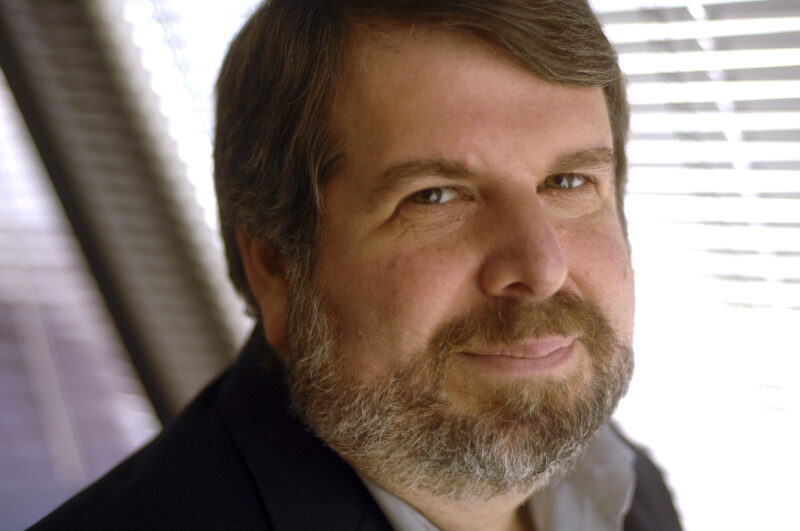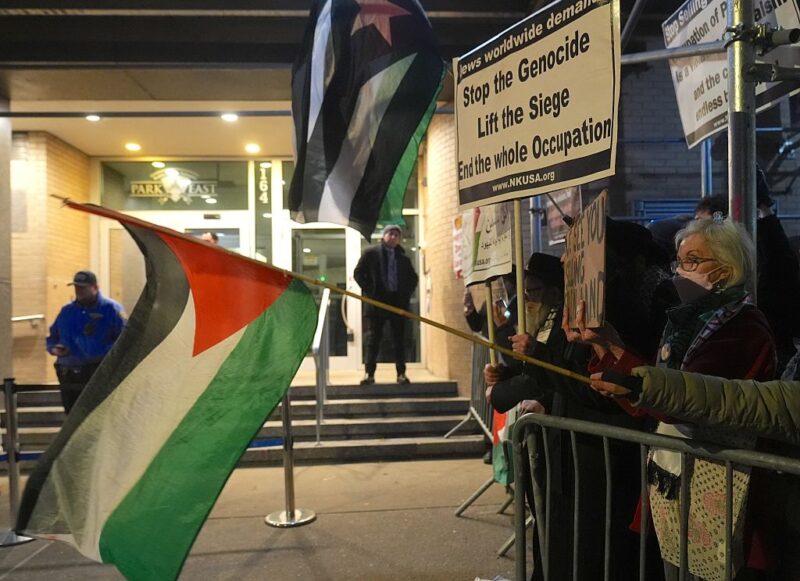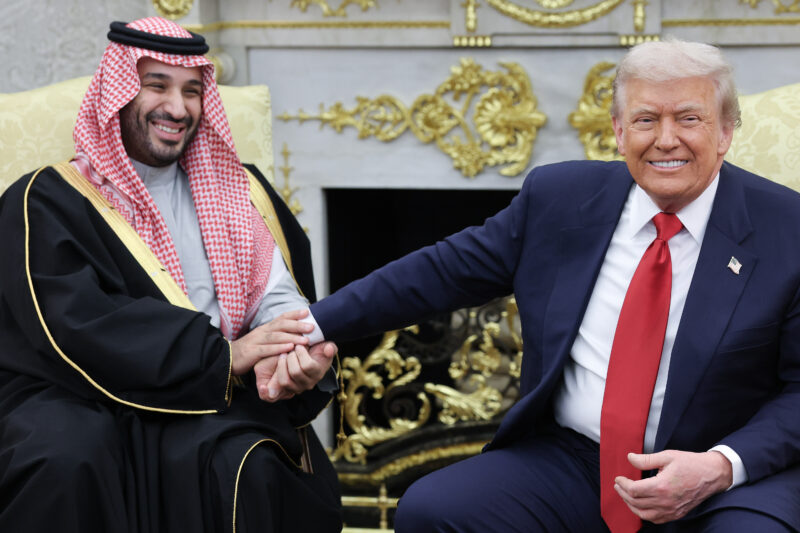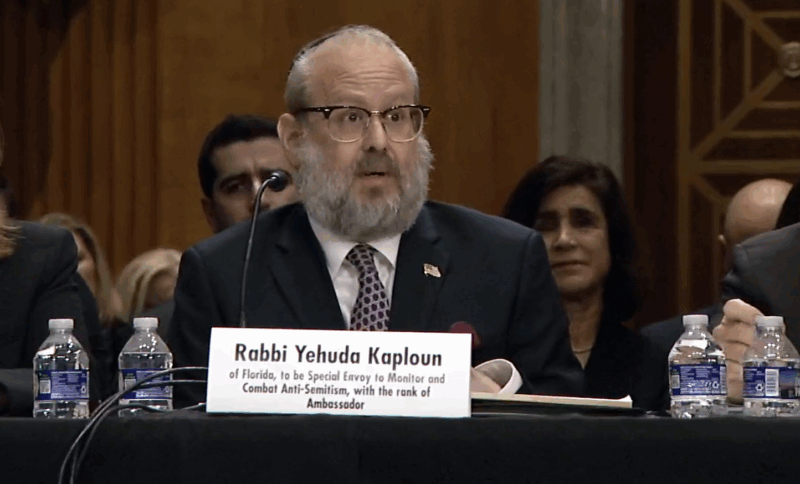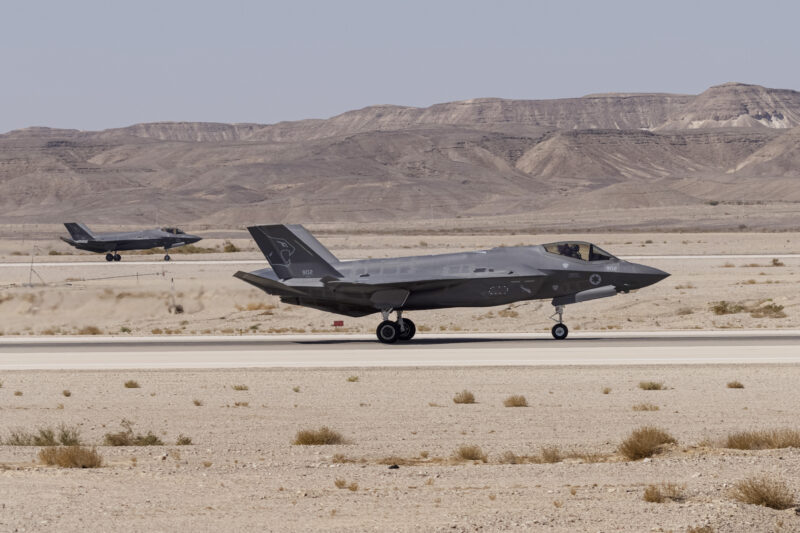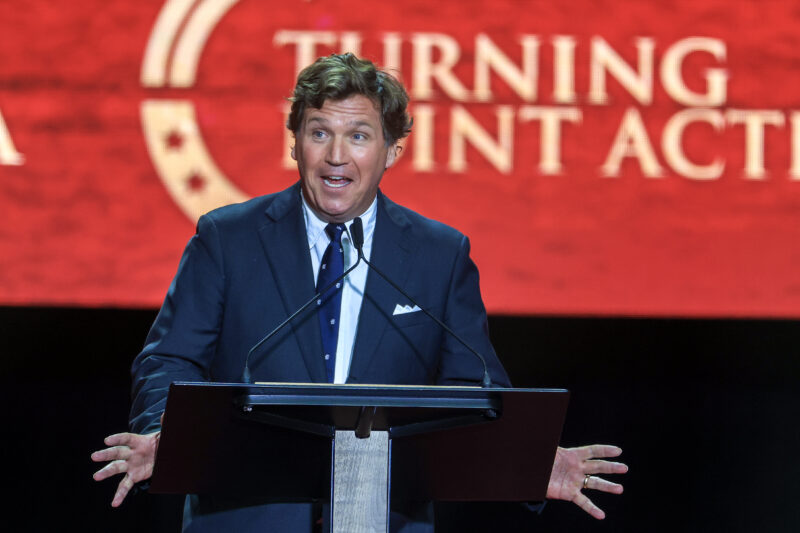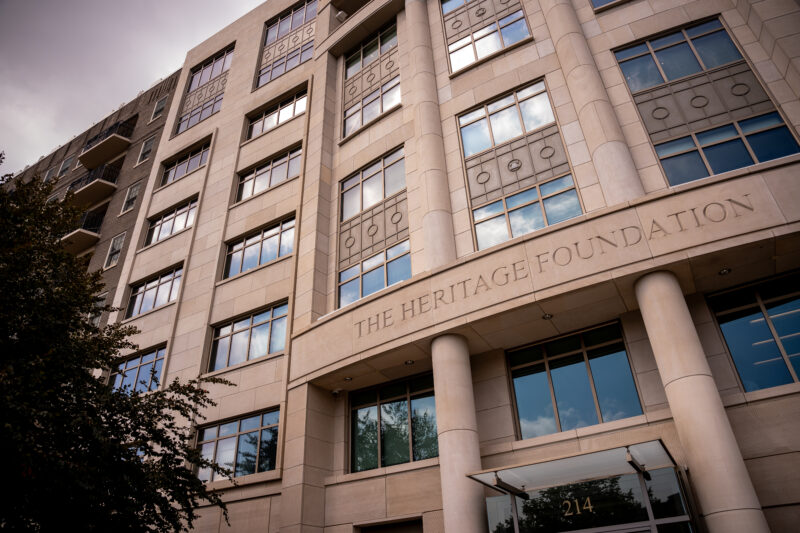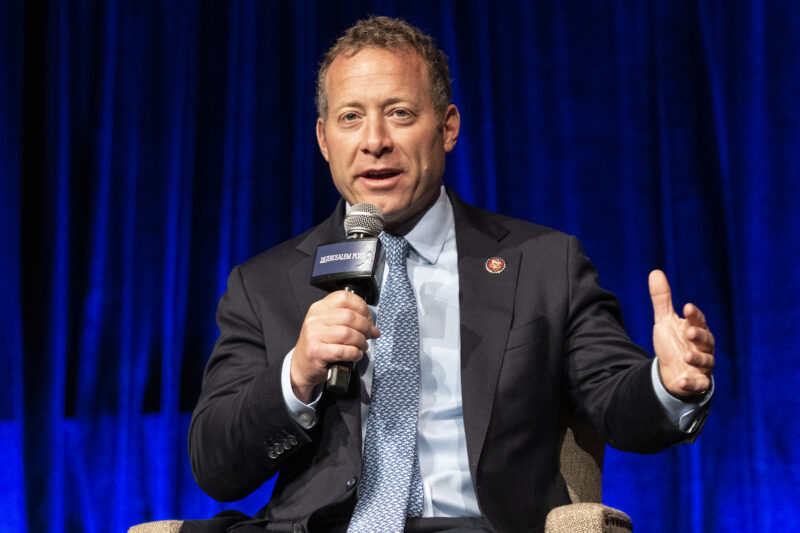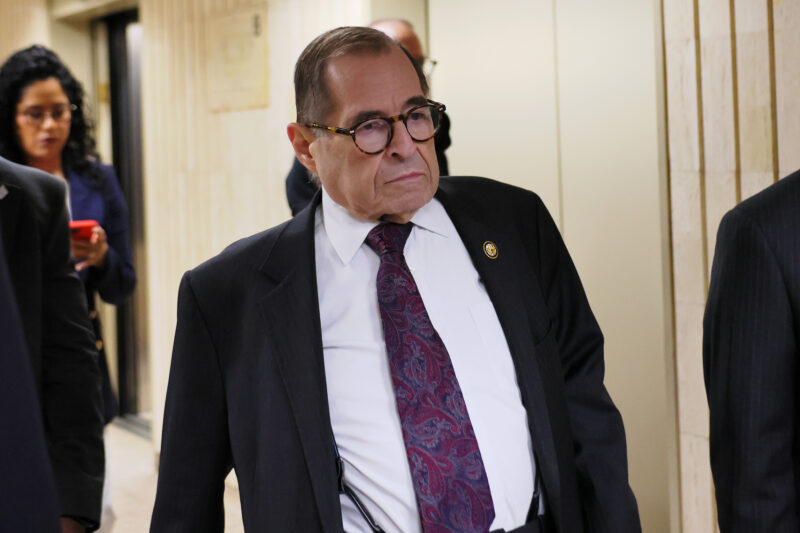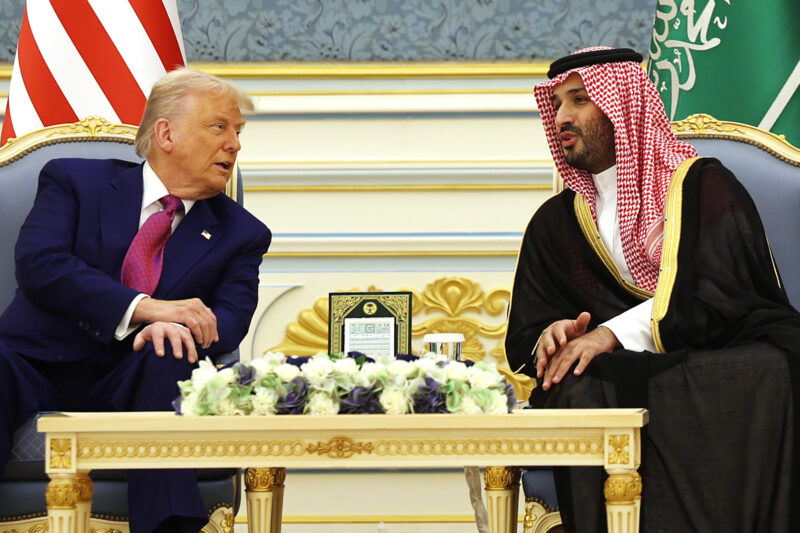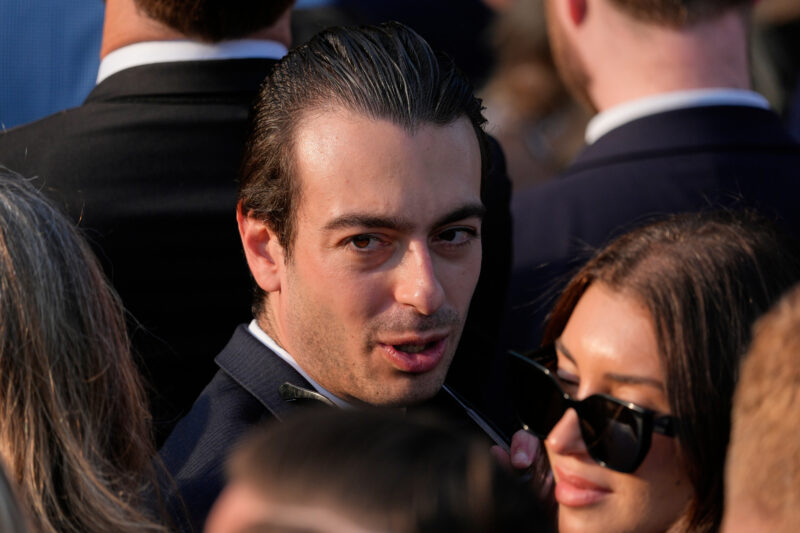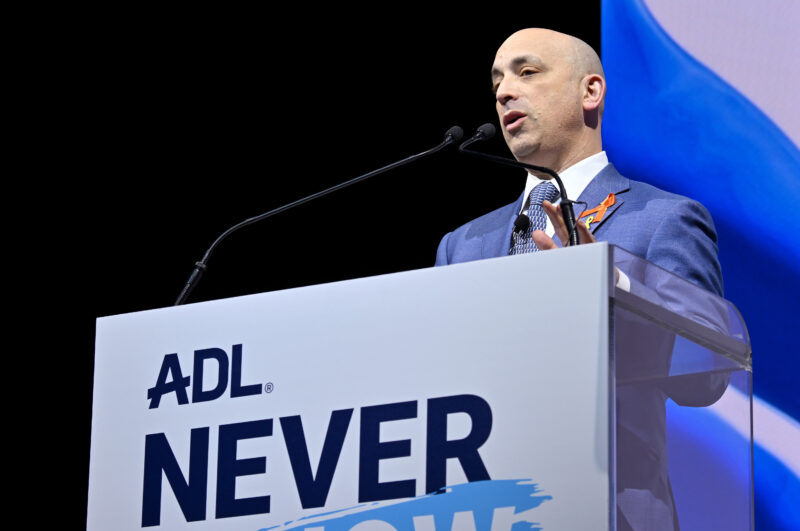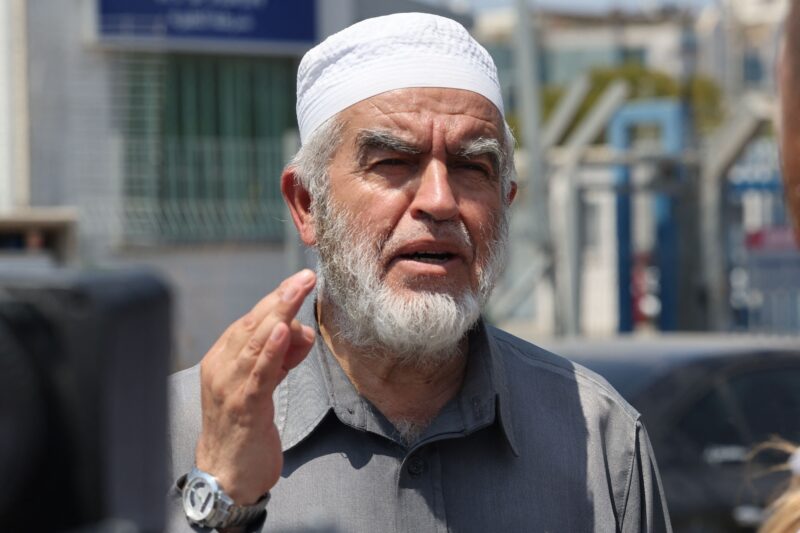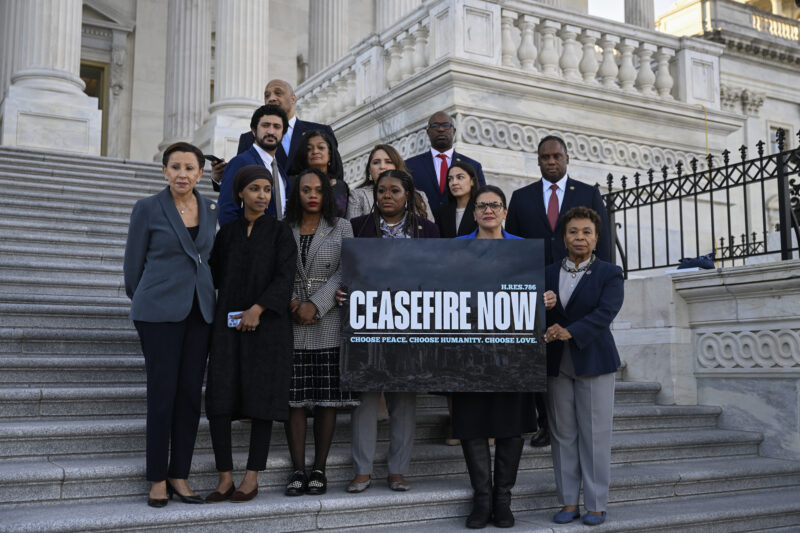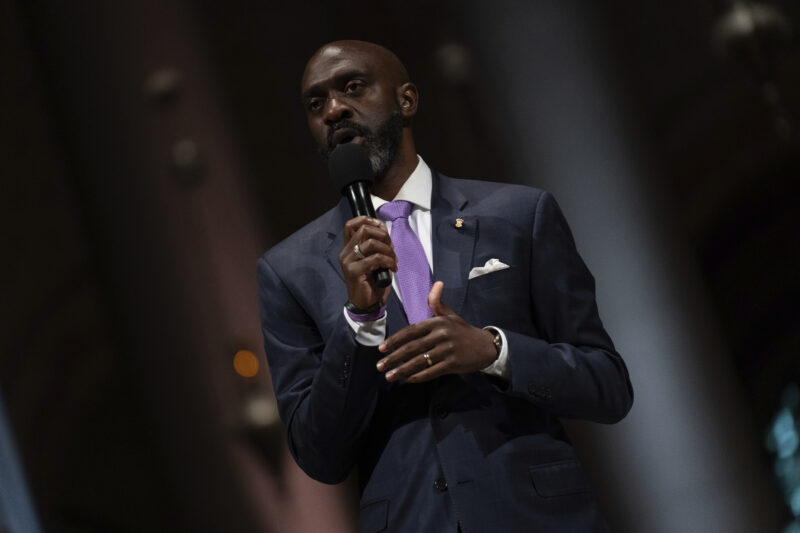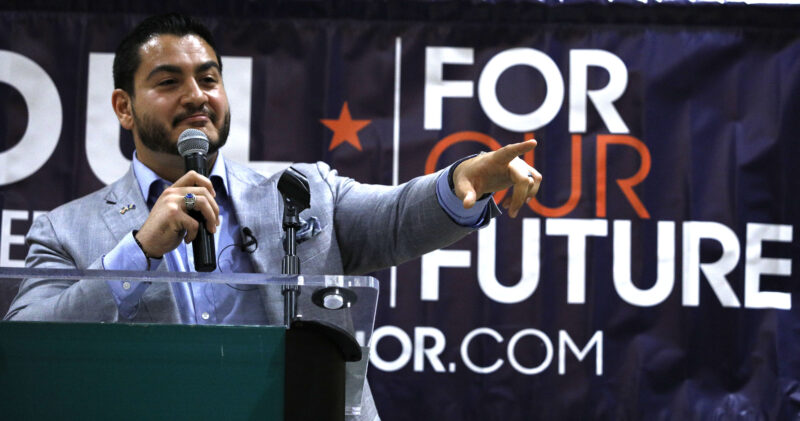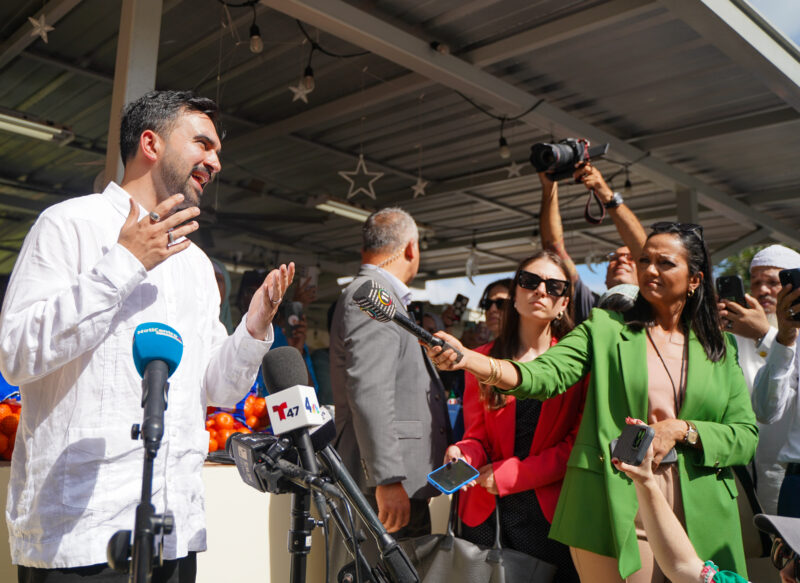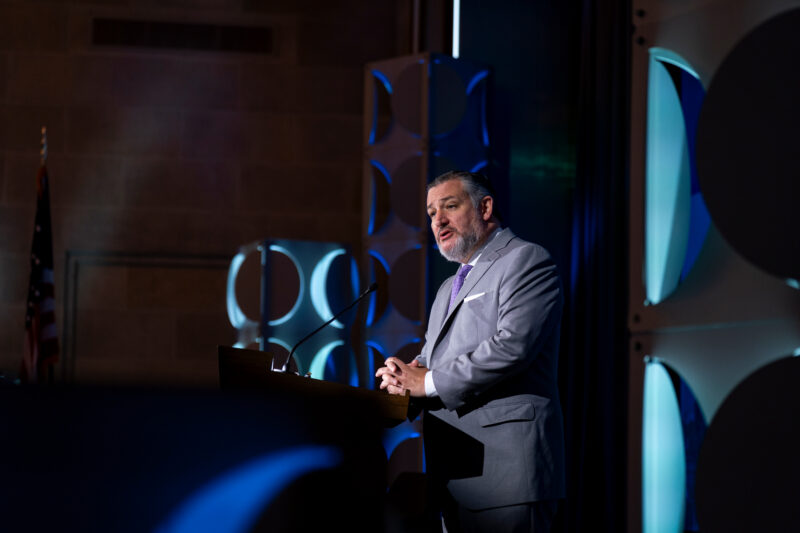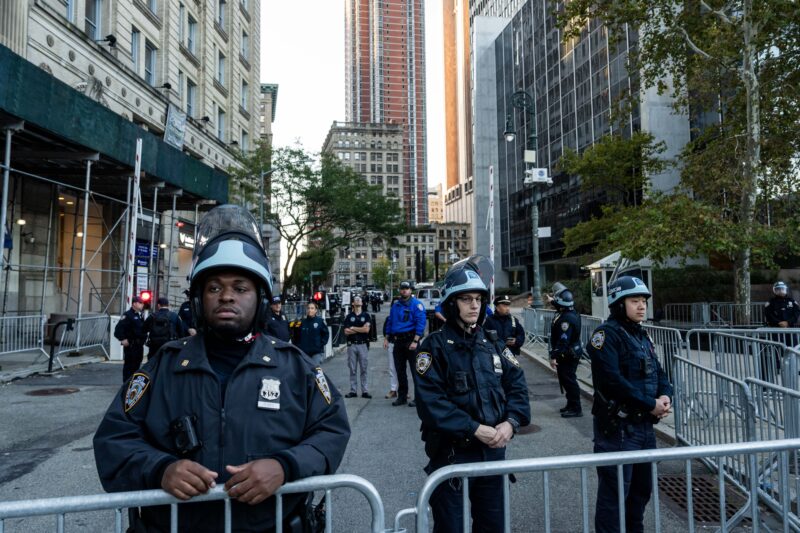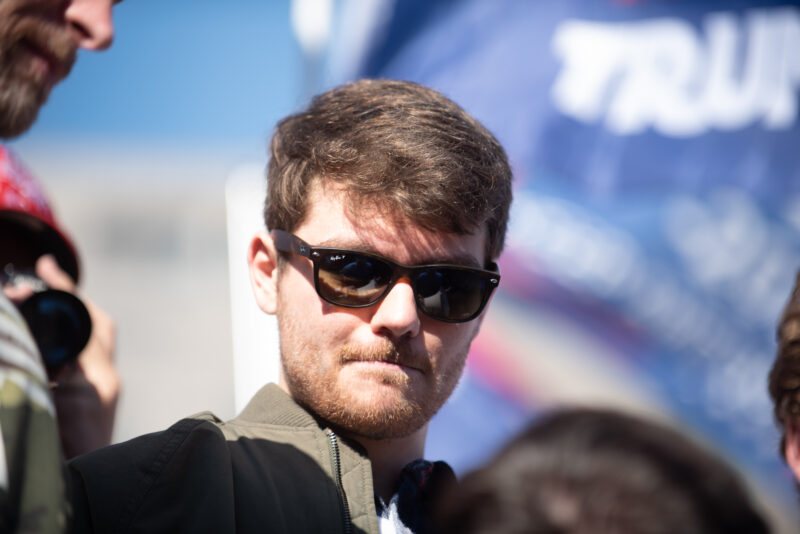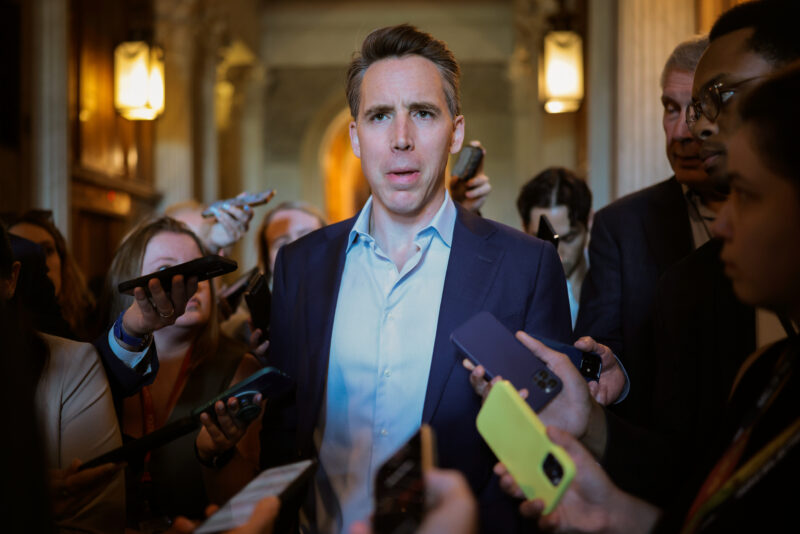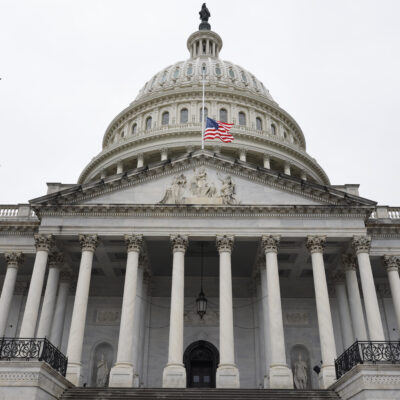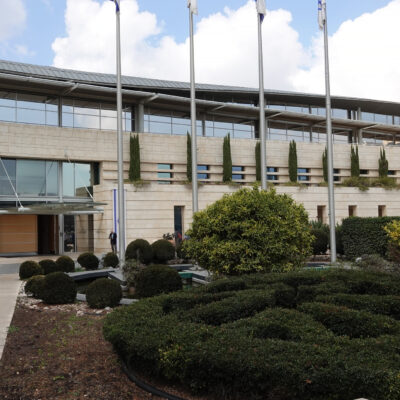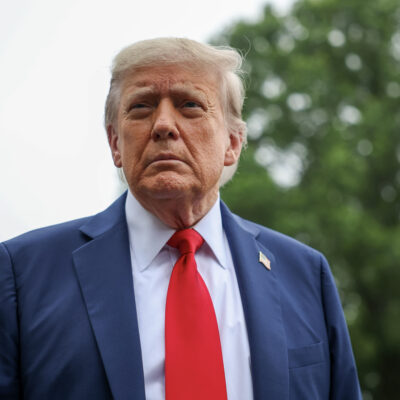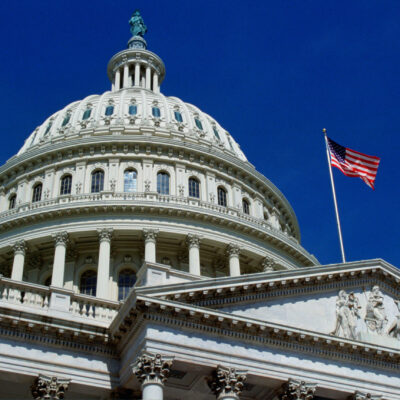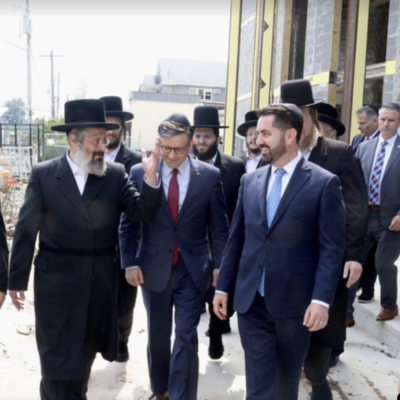Experts: Damage to Iranian nuclear sites likely far more extensive than leaked DIA report
IDF Chief of Staff Eyal Zamir says damage to Iran's nuclear program is ‘systemic,’ ‘severe, broad and deep,’ and ‘pushed back by years’

DigitalGlobe via Getty Images
This is a satellite image of the Fordow facility in Iran.
Israel is feeling victorious after its 12-day war with Iran, culminating in the U.S. strikes on underground nuclear sites that significantly degraded and rolled back Tehran’s nuclear program. While the country is mourning 29 civilian deaths — in addition to seven soldiers killed in Gaza this week — and thousands have lost their homes in missile strikes, nearly two-thirds of Israelis, according to a new poll, think their country won the war.
But there have been some cautionary signals about the state of Iran’s nuclear program since the fighting ended, most notably a leaked Defense Intelligence Agency report from the U.S. that suggested — with reportedly low confidence — that the bombings only set back Iran’s nuclear program by a few months. President Donald Trump, at the NATO summit in the Netherlands on Wednesday, called the DIA intelligence report “fake news” and cited a more favorable Israeli intelligence report as being more reliable. CIA Director John Ratcliffe said Thursday that “a body of credible intelligence indicates Iran’s Nuclear Program has been severely damaged by the recent, targeted strikes. This includes new intelligence from a historically reliable and accurate source/method that several key Iranian nuclear facilities were destroyed and would have to be rebuilt over the course of years.”
Further dampening the mood was Trump angrily and publicly pressuring Israel not to aggressively respond to a ceasefire violation that came within hours of a volley of missiles that killed several Israelis right before the ceasefire went into effect.
But as Israeli officials and national security experts have taken the time to assess the geopolitical landscape, the overall picture is one of significant military success.
Lt.-Gen. Eyal Zamir, the IDF chief of staff said that “based on the assessments of senior officers in IDF Intelligence, the damage to [Iran’s] nuclear program is … systemic … severe, broad and deep, and pushed back by years.”
Similarly, in a statement shared by both Israel’s government and the White House, the Israeli Atomic Energy Commission said that “the devastating U.S. strike on Fordow destroyed the site’s critical infrastructure and rendered the enrichment facility inoperable. We assess that the American strikes on Iran’s nuclear facilities, combined with Israeli strikes … have set back Iran’s ability to develop nuclear weapons by many years.”
The Trump administration and Israeli officials have an interest in presenting the mission in Iran as successful, which may lead some to trust the intelligence leaks over their statements. However, their assessment of the DIA report as “flat-out wrong,” as the White House put it, is backed up by several experts surveyed by Jewish Insider – though most cautioned that it’s unlikely anyone knows the full extent of the damage yet.
David Albright, president and founder of the Institute for Science and International Security, published an extensive report on the damage, stating that “Israel’s and U.S. attacks have effectively destroyed Iran’s centrifuge enrichment program. It will be a long time before Iran comes anywhere near the capability it had before the attack,” though there are “non-destroyed parts … [that] can be used in the future to produce weapon-grade uranium.”
Albright cited evidence relating to the sites bombed by the U.S. indicating that “the elimination of, or severe damage to, the majority of the centrifuges at the Natanz site, significant damage to the Fordow underground site, destruction and damage to several facilities at the Isfahan Nuclear Complex, including one used in the conversion of enriched uranium to uranium metal and another that converts natural uranium into uranium hexafluoride.”
Mark Dubowitz, CEO of the Foundation for Defense of Democracies, told JI that the DIA report was assessed as a “low-confidence” analysis and is based only on satellite imagery. “That’s part of the puzzle, but it’s not enough to go on. It gives some sense of what happened above ground, but not a sense of what happened below ground, and that’s the real question,” said Dubowitz.
Even using the satellite imagery, Danny Citrinowicz, an Iran expert at the Institute for National Security Studies at Tel Aviv University, told JI that “based on the pictures, it looks a lot worse than the DIA said.” Like the DIA, Citrinowicz was skeptical of Trump’s claims of “obliteration” of the nuclear facilities at Fordow, but he said it appears significantly damaged. “It’s a matter of time. We need to wait patiently,” he said, adding that even the Iranians do not appear to know the extent of the damage yet.
To have a better sense of the damage, “we would need the International Atomic Energy Agency to go there, or an Israeli intelligence assessment on the ground or signal intelligence,” Dubowitz said.
Gerald Steinberg, founder and president of NGO Monitor and a nuclear arms control expert, argued to JI that “estimates of the time it might take Iran to repair enough of the very fragile components are even more speculative” than current damage assessments.
Still, some of the results are already clear. Steinberg explained that “the banks of rapidly spinning centrifuges used to convert natural uranium into enriched material used to create weapons are highly sensitive to shockwaves caused by earthquakes and nearby high-energy bombs.”
Dubowitz pointed out that centrifuges are so sensitive that about 1,000 were destroyed by an Israeli cyberattack, making them spin too fast. “It’s hard to believe many centrifuges survived a massive crack in a mountain.”
IDF Brig.-Gen. (res.) Yossi Kuperwasser, head of the Jerusalem Institute for Strategy and Security and the former head of the research division of the Israel Defense Forces’ Intelligence Directorate, noted to JI that while Iran may be able to rebuild parts of its nuclear program from whatever remains of it, the Isfahan conversion facility was purchased from China, and Iran does not know how to build one itself. He posited that China would be unlikely to construct a new one for the Islamic Republic after the IAEA said it had a nuclear weapons program in violation of the Nonproliferation Treaty.
Steinberg said that, in light of the lack of solid information a few days after the U.S. strikes on Iran, he views articles about the DIA assessment citing “anonymous officials who may or may not have read the actual report” in outlets that are highly critical of Trump and Israeli Prime Minister Benjamin Netanyahu “as more political spin than strategic analyses.”
Dubowitz similarly said that “one can speculate that it was clearly done to damage the president … The leak suggested a political motivation. Welcome to Washington, D.C.!”
As to possible spin from the other direction, cheering on the strikes, Citrinowicz accused the Israeli Atomic Energy Commission of putting out a statement “to support Trump. They’re trying to stabilize the narrative that [the nuclear facilities are] obliterated.”
Dubowitz, however, said that the IAEC is “very careful, professional and serious. There is no way they are putting out a report intended to spin anything or help the prime minister sell something that is not true.”
Looking to the future, Israel “needs to remain vigilant,” Kuperwasser said. Israel “needs to eliminate any new kind of air defense Iran will try to build, in order to maintain freedom of action in the air [above Iran].”
“Israel needs quality intelligence about the details of what Iran is planning and how it may try to advance to break out and build nuclear weapons. We need to advocate that the Americans enter an agreement so that [Iran] cannot enrich uranium or have highly enriched uranium stockpiles, with close ‘anywhere, anytime’ supervision by American inspectors. Israel should make clear what needs to be done to ensure Iran cannot have a nuclear weapon in the future,” Kuperwasser added.
In addition to the lack of clarity about what remains of Iran’s nuclear program, Kuperwasser said there is an “intelligence gap” about the location of Iran’s remaining missile launchers. “We shot many down, up to the very last minute, but we must admit that there are many we did not shoot.”
Still, Kuperwasser said, “There’s nothing to do now. The nuclear sites are done. If we knew where more launchers were located, we would have shot them.”
Former National Security Advisor Robert O’Brien said that the U.S. cannot allow Iran to rebuild its ballistic missile program. “If they get further along than they were, they could attack Europe or the United States … I think it’s part and parcel of the Iranian nuclear program,” he explained, because ballistic missiles would be used to launch the nuclear weapon.
Speaking on the Misgav Institute for National Security and Zionist Strategy’s new “Mideast Horizons” podcast, O’Brien painted a broader picture of the 12-day Israel-Iran war than the specifics of what remains of Iran’s nuclear facilities. (The writer is a senior fellow at the Misgav Institute and co-hosts its podcast.)
“This radical Shia regime in Iran has been a cloud and a pall over the region for 40 years, and the nuclear issue was very dangerous, because if Iran had developed a nuclear weapon, they said that Israel is a one-bomb state … They could [have] eliminate[d] Israel,” he said.
“But it was also a threat to the Gulf monarchies,” O’Brien added. “If Iran had gotten a nuclear weapon, there’s no doubt in my mind that Saudi Arabia would have immediately gone nuclear … and the UAE would have probably developed nuclear weapons very, very quickly. There’s no way the Turks … would have stayed conventional. And you got Egypt … So we would have had a nuclear arms race in the most dangerous part of the world.”
Kuperwasser argued that one significant achievement that has emerged from the war is “breaking down barriers” in demonstrating that the U.S. and Israel are willing and able to successfully attack if the threat from the Islamic Republic becomes acute.
Israel “attacked and had aerial superiority in Iran for nearly two weeks and could have continued for as long as [it] wanted, had international legitimacy and not just American support, but involvement,” he said. “The change in mindset is more important than the physical damage. Iran can build a new Fordow in three or four years; they were already working on more underground facilities, but what is the point if they know that the U.S. has an unlimited number of bombs that they can drop anywhere and are willing to use them?”
Kuperwasser added a caveat: “As long as we have President Trump. After that, I don’t know. But we are at the beginning of his term, and that is an important asset [for Israel].”
O’Brien said that Iran is unlikely to maintain a comprehensive ceasefire, even if it isn’t shooting directly at Israel.
“The Iranians are always in the Axis of Resistance, with Hamas, Hezbollah, Kataib Hezbollah [in Iraq],” he said. “They’re always very reticent to live up to their word and to agree to a ceasefire because they think they can get an advantage in pressing their violence against Israel and against the United States.”
Still, O’Brien was hopeful that the ceasefire “will stay and a lot of the death and destruction that we’ve seen in Tel Aviv, but also in Tehran, will end.”




